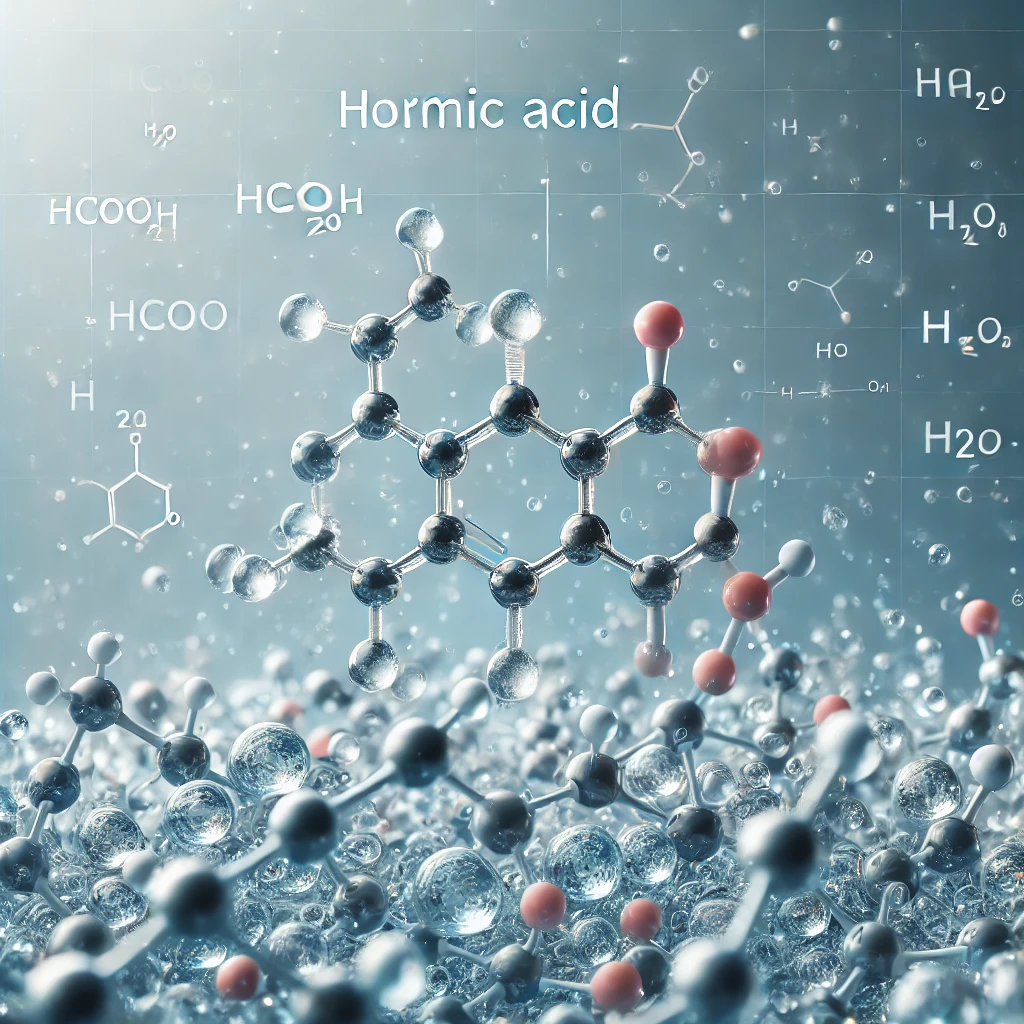Introduction
Chemistry often introduces us to fascinating combinations of elements and compounds that have wide-ranging applications. One such combination involves HCOOH, CH2, and H2O. This trio plays a significant role in various chemical reactions and has practical uses in industries and research. In this article, we will explore these compounds individually and collectively, understand their significance, and discover why they are essential in science and industry.
What Is HCOOH?
Structure and Properties
HCOOH, also known as formic acid, is the simplest carboxylic acid. It is a colorless liquid with a pungent odor and is naturally found in ant venom.
- Molecular formula: HCOOH
- Boiling point: 100.8°C
- Density: 1.22 g/cm³
Formic acid is known for its acidity and ability to participate in redox reactions. Its simple structure makes it an important compound in organic chemistry.
Applications of HCOOH
- Preservatives: HCOOH is widely used in food preservation.
- Textile Industry: It aids in dyeing and finishing fabrics.
- Agriculture: Formic acid is used in silage preservation to inhibit bacterial growth.
-
What Is CH2?
Structure and Properties
CH2 refers to the methylene group, which is a basic building block in organic chemistry. It is not a standalone compound but is present in larger molecules.
- Molecular formula: CH2
- Bonding: Typically exists in compounds like alkenes (e.g., CH2=CH2).
The methylene group adds reactivity to compounds and serves as a foundation for creating larger and more complex organic molecules.
Applications of CH2
- Polymerization: CH2 is integral in forming polymers like polyethylene.
- Intermediate in Reactions: It serves as a reactive intermediate in organic synthesis.
- Energy Storage: CH2-containing molecules are often used as fuels.
-
What Is H2O?
Structure and Properties
H2O, or water, is a universal solvent and the most crucial compound for life. Its unique chemical and physical properties make it indispensable in chemistry and everyday life.
- Molecular formula: H2O
- Boiling point: 100°C
- Freezing point: 0°C
Water is vital for chemical reactions, serving as both a reactant and a medium.
Applications of H2O
- Solvent: Water is the most common solvent in laboratories.
- Industrial Use: It is used in cooling systems and chemical production.
- Life Sustenance: Water is essential for biological processes.
-
The Interaction of HCOOH, CH2, and H2O
When combined, HCOOH, CH2, and H2O can participate in numerous chemical reactions. For example:
- Acid-Catalyzed Reactions: HCOOH can act as an acid catalyst in reactions involving CH2.
- Hydration Reactions: H2O plays a role in the hydration of CH2-containing compounds.
- Redox Reactions: The interaction between these compounds often results in oxidation-reduction processes.
Example Reaction
In the presence of water (H2O), formic acid (HCOOH) may react with methylene groups (CH2) to form larger organic molecules, depending on the reaction conditions.
Real-World Applications
Industrial Chemistry
The combination of HCOOH, CH2, and H2O is often seen in the synthesis of polymers and other organic compounds. These reactions are critical in producing plastics, adhesives, and other materials.
Environmental Significance
Formic acid (HCOOH) and water (H2O) are biodegradable and environmentally friendly, making them ideal for green chemistry practices. The presence of CH2 groups in organic compounds also contributes to biofuel production, a sustainable energy solution.
Biological Importance
Water (H2O) is vital for life, and formic acid (HCOOH) is naturally found in organisms, including ants and plants. The methylene group (CH2) appears in various biomolecules, highlighting its biological relevance.
The Role of HCOOH, CH2, and H2O in Sustainable Practices
- Renewable Energy:
CH2 groups in hydrocarbons can be processed into biofuels, reducing our reliance on fossil fuels. - Eco-Friendly Solvents:
HCOOH and H2O are used in eco-friendly chemical processes, minimizing environmental harm. - Recycling Processes:
These compounds are often involved in recycling materials, including plastics and organic waste. - Why Understanding HCOOH, CH2, and H2O Matters
Academic Perspective
For students and researchers, understanding these compounds helps in mastering organic and inorganic chemistry principles. Their roles in chemical reactions provide insight into reaction mechanisms and compound synthesis.
Industrial Perspective
Industries benefit from the versatility of HCOOH, CH2, and H2O in creating products ranging from fuels to textiles. This trio offers a cost-effective and efficient solution for many chemical processes.
Environmental Perspective
The eco-friendly nature of these compounds supports sustainable development goals. Using HCOOH, CH2, and H2O in green chemistry reduces waste and promotes environmental conservation.
Conclusion
The combination of HCOOH, CH2, and H2O demonstrates the beauty and practicality of chemistry. From industrial applications to biological importance, these compounds are indispensable. Understanding their properties, interactions, and applications not only enriches our knowledge but also opens doors to innovative solutions in science and technology.
By integrating HCOOH, CH2, and H2O into sustainable practices, we can achieve a balance between development and environmental preservation. This guide provides an essential starting point for anyone looking to explore the chemistry and applications of these fascinating compounds.
FAQs
1. What is the primary use of HCOOH?
HCOOH is primarily used in the textile and agricultural industries as a preservative and a chemical intermediate.
2. Can CH2 exist independently?
CH2 is usually part of larger molecules and does not exist independently under normal conditions.
3. Why is H2O essential in chemical reactions?
H2O acts as a solvent, reactant, or medium, facilitating various chemical processes.
4. How do HCOOH, CH2, and H2O contribute to sustainability?
These compounds are biodegradable and eco-friendly, making them ideal for green chemistry practices and renewable energy solutions.
By incorporating HCOOH, CH2, and H2O into your learning or industrial processes, you can leverage their full potential while promoting innovation and sustainability.
